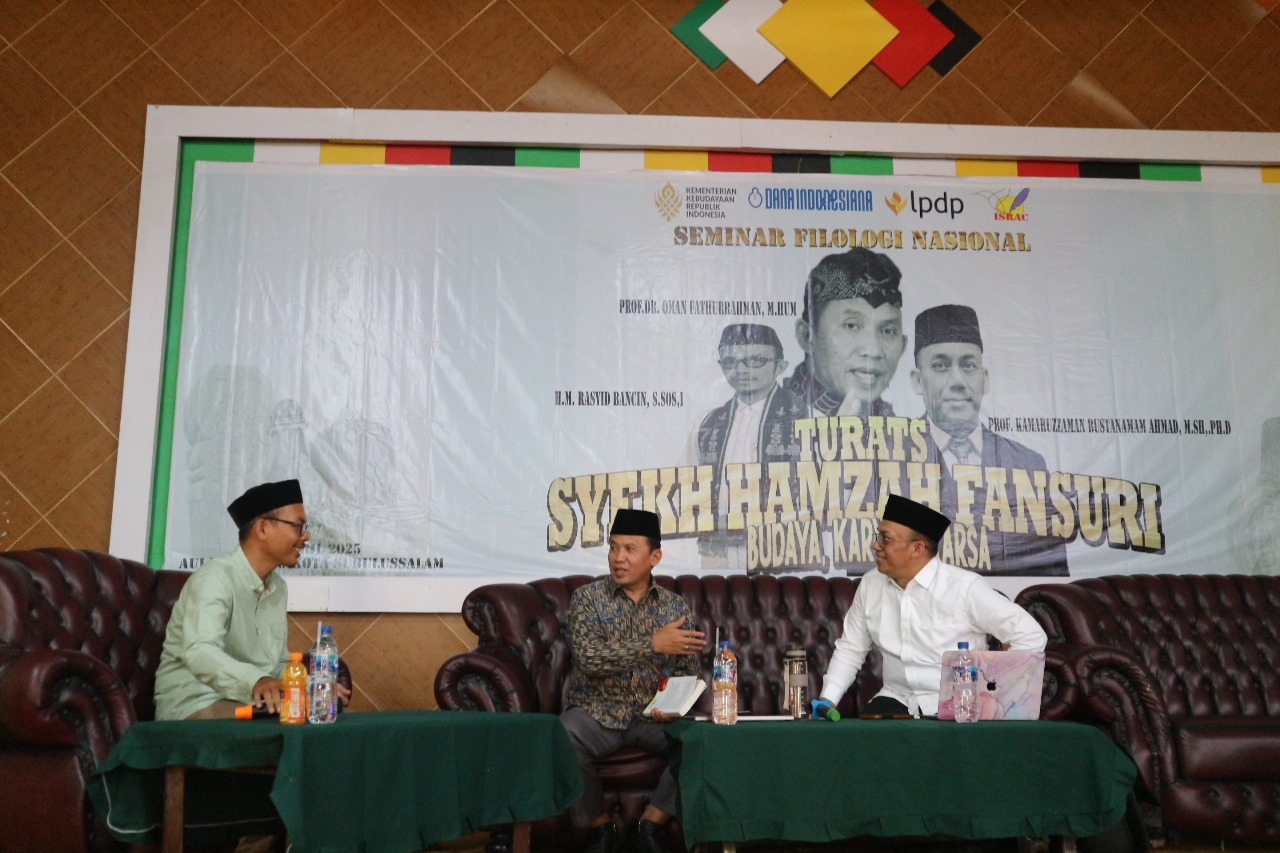Virtual Ethnography is a method of research that combines
the principles of social anthropology and digital technology. It explores human
behavior by analyzing online communities rather than traditional interview
methods. Virtual Ethnography uses the internet to study cultures, beliefs, and
meaning systems.
This article explains how to write a report from virtual
ethnography using an example based on the fictitious VENDARLET virtual
ethnographic project. You’ll discover how to structure your final essay from
your fieldwork and what information you need to include. Keep reading for tips
on compiling your notes, conducting further research, and choosing the most appropriate
words for your audience.
A step-by-step guide to writing a report from Virtual Ethnography
A virtual ethnography report should: – Be accessible – Your
report should be easy to read and understand, even for people who are new to
the topic. Avoid jargon and technical language. – Be comprehensive – Your
report should cover all the different stages of your research, from planning to
analysis. – Be clear and structured – A virtual ethnography report should
follow an appropriate structure for the type of project you conducted. There
are many different types of virtual ethnography projects. – Include visuals –
Images can help your reader understand your report. The visual content in your
report should be appropriate for your audience and the topic. This article
explains how to write a report from virtual ethnography using an example based
on the fictitious VENDARLET virtual ethnographic project.
Introduction – the fictitious VENDARLET virtual ethnography example
Imagine you’ve been asked to do a virtual ethnography of the
VENDARLET online community for this example. You’ve been a member since the
beta version of the site, and you’ve seen it grow and evolve from a few users
to millions. Your research question is: What does VENDARLET mean to its
members? You’ve used different research methods, including interviewing,
observing, and collecting artifacts, to answer this. VENDARLET has a forum,
account log-ins, and a profile page, so you’ve been able to collect artifacts.
You’ve also recorded and transcribed your interviews so that you can analyze
what people have said. You’ve also been active on the forum, reading and
contributing to discussions.
Step 1: Summarise your key findings
Find a way to condense your findings – it’s impossible to
include everything in a single report. Your readers will be more interested in
your main results than in every detail. Think about what readers will want to
know and focus on these. In this report section, summarise your key findings,
and explain why they are essential. Summarise your research question, and
explain why it’s necessary. Describe what you’ve discovered from your research:
– What is the VENDARLET community like? How many people are a part of it? –
What are the main discussions? What themes and topics are covered? – What are
the main feelings and opinions that people have about VENDARLET? – What other
online communities does VENDARLET relate to, and how?
Step 2: Explain your research methodology and tools used
This section will discuss how you went about conducting your
research and what tools you used to collect data. This will allow your readers
to understand how you conducted your research and will help them to evaluate
your findings. Explain your research questions and goals and how they informed
your methods and tools. If you interviewed people, discuss your sample, and
explain why you chose to speak with those people. If you observed behavior,
discuss what you saw, and if possible, explain why you made the decisions about
what to observe.
Step 3: Introduce the participants you spoke with
In this section of your report, you can discuss the people
you interviewed and provide their names and affiliations (if applicable). If
you kept notes during your interviews, include a summary of the main points,
and provide citations for any direct quotes or borrowings. When summarising
your interviews, try to put your readers in the room with you. Use their
voices, word choice, and tone. Use a direct quote to start each summary
paragraph if you transcribed your interviews. Let your readers know when you
are summarising and when you are quoting.
Step 4-a: If you interviewed participants, write about your interview
process
If you interviewed participants, discuss how the interviews
were set up and what went into planning them. In this section, consult your
interview questions, and explain how you conducted the interviews. If you
interviewed people face-to-face, provide your travel notes and research diaries
so that your readers can understand your journey. If you interviewed remotely,
discuss the research settings you used and any technical or ethical challenges
you had.
Step 4-b: If you observed behavior, write about what you saw
If you observed behavior, discuss what you saw and what you
learned from these observations. Let your readers know if there were any
ethical challenges you faced when watching. Be open about what you observed and
what conclusions you drew from it. Describe your observation locations, and if
possible, provide photographs.
Conclusion
In your conclusion, bring everything together, and make a
final call to action based on your findings. Use the examples you’ve discussed
throughout your report to illustrate your conclusions. Ask your readers to
consider the following questions: – What does your research tell us about the
topic? – What do the findings mean? – And what can be done next? Keep these
questions in mind as you write your conclusion. You’re almost done! Your report
will be an invaluable piece of research, and it’s well worth the effort. Follow
these steps, and you’ll produce a report that you’re proud of.
What if AI Produced Academic articles for Research Report on Virtual Ethnographye?
Artificial intelligence has the potential to increase efficiency while reducing costs in the publishing process. It can also help researchers submit papers faster and cheaper. A researcher could use AI-assisted article-writing software like Elucidator, Reality Checker, and Academic Seeker if it produces a research paper for a scientific journal. AI programs can summarize information from a source document or its database and turn it into an abstract summary that can be published in a peer-reviewed journal as an article. AI is not only good at finding patterns in data, but it can also extract insights from raw text documents. This blog post will focus on how these programs ensure that their submissions meet the strict standards expected from published research articles in science journals.
What Does AI Do in Research Report?
AI can be used to find patterns in data and extract insights from raw text documents. The article-writing software can be trained to recognize and analyze the content of a research paper. The program learns from the given data set by analyzing the formatting, citation style, and language used in the paper. It can also be used to find similar data sets for further analysis.
The AI program can summarize the paper’s information and turn it into an abstract summary that can be published as an article. It can also be programmed to write a scientific article by incorporating diagrams and images from data sets mentioned in the paper. AI can also improve the writing and citation style of a submitted paper.
The Need for Elucidating AI in the Journal Publishing Process
AI is more than just writing research papers. It is an emerging technology that is expected to be used in various fields. Researchers can use AI to produce medical reports, generate technical reports, and even generate literary works like novels and short stories.
AI can also improve the quality of human services like education, healthcare, and financial services. In this scenario, AI can be an essential player in the journal publishing process.
Researchers and writers usually rely on automated tools to produce research papers. AI can find patterns in data and extract insights from raw text documents. Due to its ability to find patterns, AI can summarize information from a source document or its database and turn them into an abstract summary that can be published as an article.
Why use AI to Write Research reports?
AI is good at finding patterns in data, but it can also be used to write research papers. There are many advantages of using AI to write research papers. AI can be faster and produce papers at a much lower cost compared to human researchers.
It can also produce papers that meet the strict standards expected from published research articles in science journals. Researchers can use AI to produce articles by incorporating diagrams and images from data sets mentioned in the paper. AI can also improve the writing and citation style of a submitted paper.
AI can be used to find data sets for further analysis. The program can also be programmed to write a scientific article by incorporating the formatting, citation style, and language used in the paper.
A Brief Overview of the 3 Proving-of-Concept Articles
The article-writing software produced an abstract summary and the full article for the first article. The article-writing software produced an abstract summary and the full article for the second article. The article-writing software produced an abstract summary and the final article.
Reality Checker and Submission Requirements Checker
The article-writing software was programmed to check the formatting, citation style, and language used in a research paper. The program can also check the data sets and images mentioned in the paper. The program was also programmed to check the formatting and citation style used in the data and images.
Conclusion
Artificial intelligence has the potential to increase efficiency while reducing costs in the publishing process. It can also help researchers submit papers faster and cheaper. A researcher could use AI-assisted article-writing software like Elucidator, Reality Checker, and Academic Seeker if it produces a research paper for a scientific journal.
AI programs can summarize information from a source document or its database and turn it into an abstract summary that can be published as an article. AI is not only good at finding patterns in data, but it can also extract insights from raw text documents.
This blog post will focus on how these programs ensure that their submissions meet the strict standards expected from published research articles in science journals.




